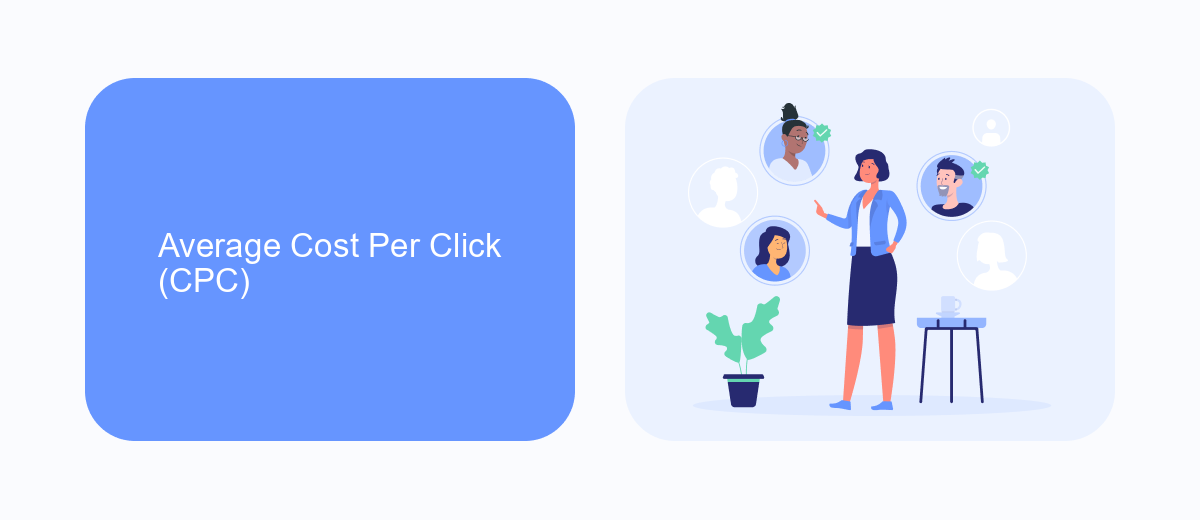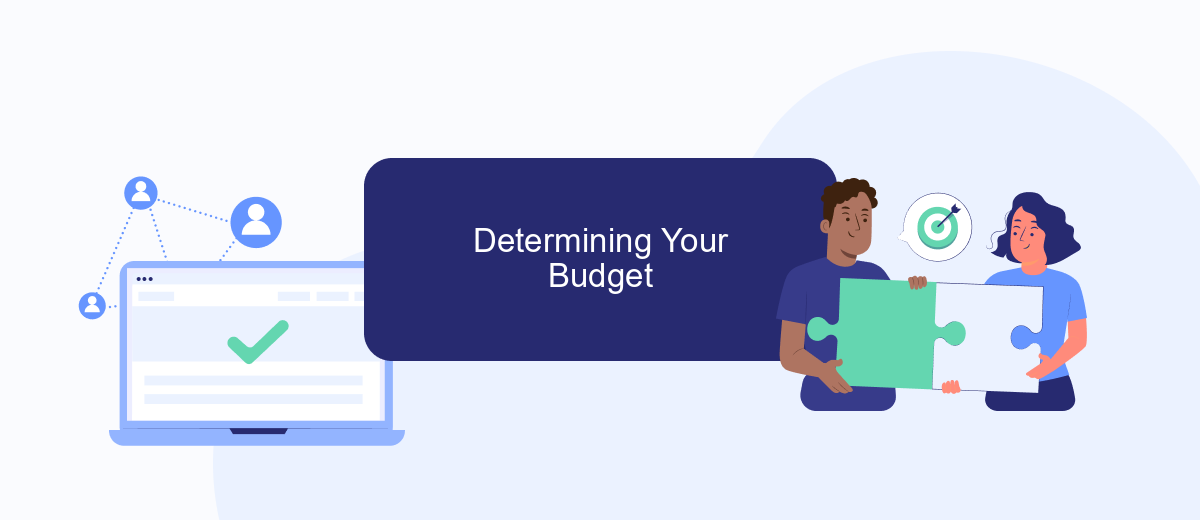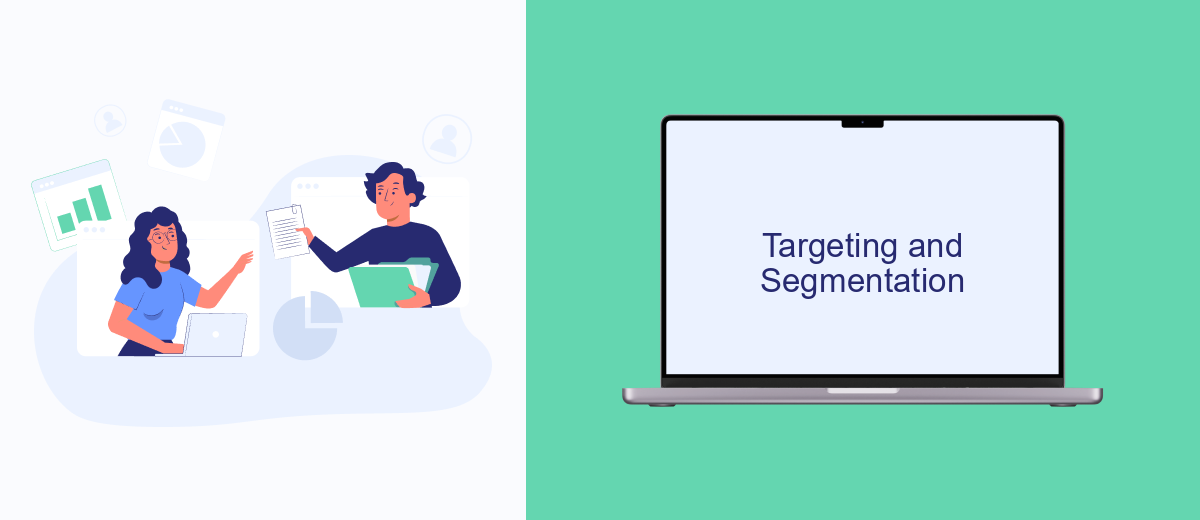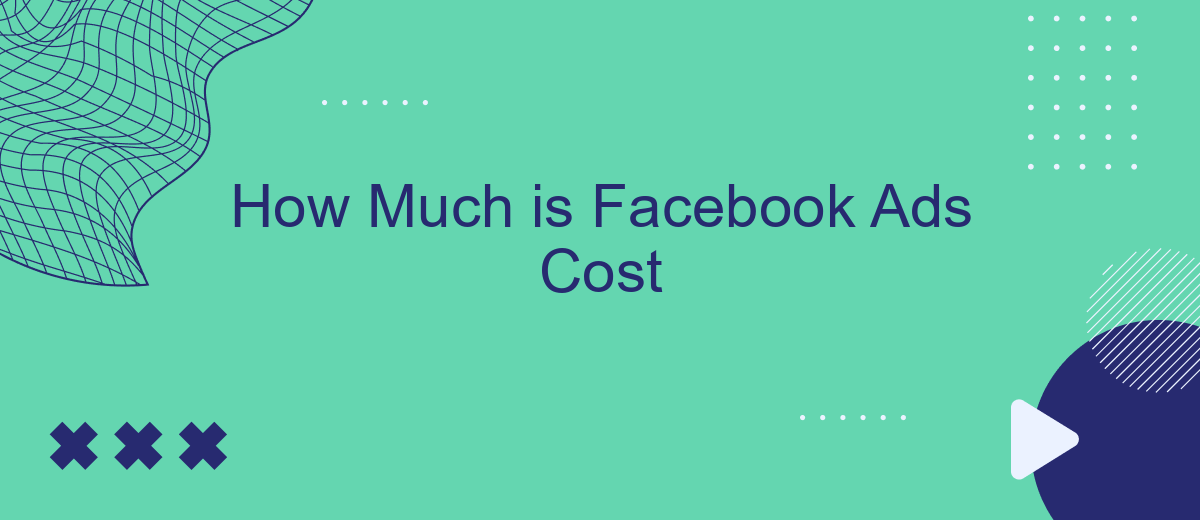Determining the cost of Facebook Ads can be complex, as it varies based on multiple factors such as target audience, ad placement, and campaign objectives. This article aims to break down the key elements that influence Facebook Ads pricing, providing you with a clearer understanding of what to expect and how to optimize your advertising budget effectively.
Factors Affecting Facebook Ad Costs
Facebook ad costs can vary widely depending on several factors. Understanding these factors can help you optimize your ad spend and achieve better results. Key elements influencing the cost of Facebook ads include:
- Target Audience: The size, demographics, and interests of your target audience can significantly impact costs. More competitive audiences often result in higher prices.
- Ad Placement: Different placements such as News Feed, Stories, or Right Column have varying costs. Choosing the right placement based on your goals can optimize your budget.
- Ad Relevance and Quality: Facebook rewards ads that are engaging and relevant to users. Higher quality scores can lower your costs.
- Seasonality: Costs can fluctuate based on the time of year. For example, costs may rise during high-demand periods like holidays.
- Bid Strategy: Your chosen bid strategy (e.g., cost per click, cost per impression) will also affect how much you pay for ads.
Additionally, integrating your ad campaigns with external services can streamline your marketing efforts and improve efficiency. Tools like SaveMyLeads can automate lead management, ensuring you get the most out of your ad spend by seamlessly connecting Facebook Ads with your CRM or email marketing platforms.
Average Cost Per Click (CPC)

The Average Cost Per Click (CPC) for Facebook Ads can vary greatly depending on several factors, including your target audience, industry, and the quality of your ad. On average, businesses can expect to pay around #sml_subkey-1-section-html#.97 per click. However, this cost can be higher in competitive industries such as finance and insurance, where CPC can exceed .00. Factors such as ad relevance, placement, and timing also play a crucial role in determining the final cost.
To optimize your CPC, it's essential to continuously monitor and adjust your campaigns. Utilizing services like SaveMyLeads can help streamline this process by automating lead generation and integration with your CRM. By ensuring that your ads are reaching the right audience and converting effectively, you can reduce your overall CPC and maximize your return on investment. Regularly reviewing and tweaking your ad strategies can lead to more efficient spending and better performance over time.
Determining Your Budget

Determining your budget for Facebook Ads is a crucial step to ensure you get the most out of your investment. Start by evaluating your overall marketing budget and understanding how much you can allocate specifically for Facebook advertising. Consider the goals you want to achieve and how Facebook Ads fit into your broader marketing strategy.
- Set clear objectives: Define what you want to achieve with your ads, such as brand awareness, lead generation, or sales.
- Research costs: Look into the average costs for Facebook Ads in your industry to have a benchmark.
- Allocate funds: Decide on a daily or monthly budget based on your objectives and research.
- Monitor performance: Use tools like SaveMyLeads to track your ad performance and make necessary adjustments.
By carefully planning and monitoring your Facebook Ads budget, you can maximize your return on investment. Utilize services like SaveMyLeads to integrate and streamline your ad data, making it easier to track and optimize your campaigns effectively.
Targeting and Segmentation

Effective targeting and segmentation are crucial for maximizing the ROI of your Facebook Ads. By narrowing down your audience to those most likely to engage with your content, you can significantly reduce costs and improve conversion rates. Facebook provides a variety of tools to help you segment your audience based on demographics, interests, behaviors, and more.
One of the most powerful features is Custom Audiences, which allows you to target users who have already interacted with your brand. Lookalike Audiences can further extend your reach by finding new users similar to your existing customers. Additionally, Facebook's detailed targeting options enable you to refine your audience based on specific criteria.
- Demographic targeting: age, gender, location, language
- Interest targeting: hobbies, pages liked, activities
- Behavioral targeting: purchase behavior, device usage
- Custom Audiences: website visitors, email lists
- Lookalike Audiences: similar to your existing customers
For seamless integration and data management, services like SaveMyLeads can automate the process of transferring leads from Facebook Ads to your CRM or email marketing platform. This ensures that your targeting and segmentation efforts are supported by efficient data handling, allowing you to focus on optimizing your ad campaigns.
Tracking and Optimization
Tracking and optimizing your Facebook Ads is crucial to ensure you’re getting the best return on investment. Start by setting up Facebook Pixel on your website. This tool helps you track user interactions and conversions, allowing you to gain valuable insights into your audience's behavior. Use these insights to refine your ad targeting and improve your campaign’s effectiveness. Regularly monitor key performance indicators (KPIs) such as click-through rates (CTR), conversion rates, and cost per conversion to identify areas for improvement.
To further streamline your tracking and optimization efforts, consider integrating with services like SaveMyLeads. SaveMyLeads automates the process of collecting and analyzing data from your Facebook Ads, providing real-time notifications and detailed reports. This integration allows you to quickly adjust your strategies based on up-to-date information, ensuring your campaigns remain effective and efficient. By leveraging these tools and continuously optimizing your ads, you can maximize your advertising budget and achieve your marketing goals.


FAQ
How much does it cost to run Facebook Ads?
What factors influence the cost of Facebook Ads?
How can I optimize my Facebook Ads to reduce costs?
Is there a minimum budget required for Facebook Ads?
Can automation tools help in managing Facebook Ads costs?
Would you like your employees to receive real-time data on new Facebook leads, and automatically send a welcome email or SMS to users who have responded to your social media ad? All this and more can be implemented using the SaveMyLeads system. Connect the necessary services to your Facebook advertising account and automate data transfer and routine work. Let your employees focus on what really matters, rather than wasting time manually transferring data or sending out template emails.
